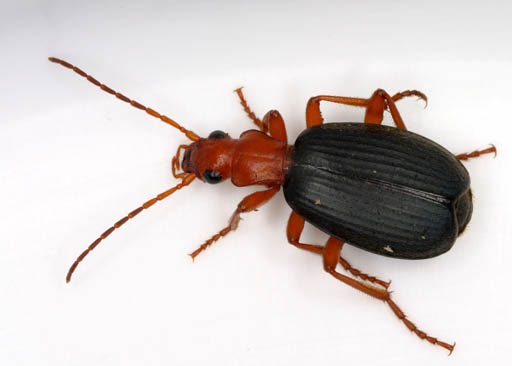Podcast: Play in new window
BOB HIRSHON (host):

Engineering tips from a beetle’s bottom. I’m Bob Hirshon and this is Science Update.
The brachinini bombardier beetle defends itself by shooting rapid pulses of toxic spray from glands in its rear end. MIT engineer Eric Arndt and his colleagues report in the journal Science that the beetle gland has two chambers—one a reservoir for reactive chemicals, and another where those chemicals combine explosively. A valve in between gets slammed shut during an explosion, then swings open, letting in more chemicals. Arndt says the result is a rapid fusillade of toxic bursts, accomplished with admirable simplicity.
ERIC ARNDT (MIT):
You look at a car engine, or airplane engine, you know, hundreds of parts. And essentially, you’re using chemical energy to do work but you’re using hundreds of parts to make that happen. The beetle is using a single part.
HIRSHON:
He says the design could serve as inspiration for human devices, like simple, reliable fuel injectors or aircraft thrusters. I’m Bob Hirshon, for AAAS, the science society.
